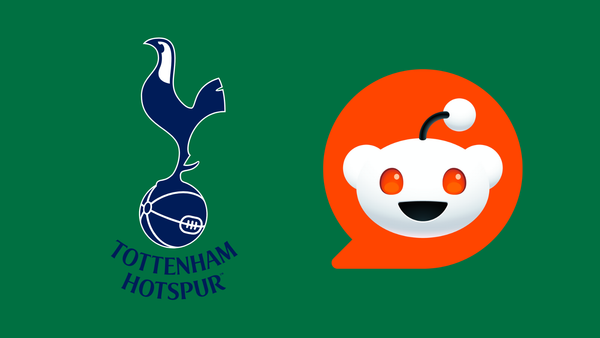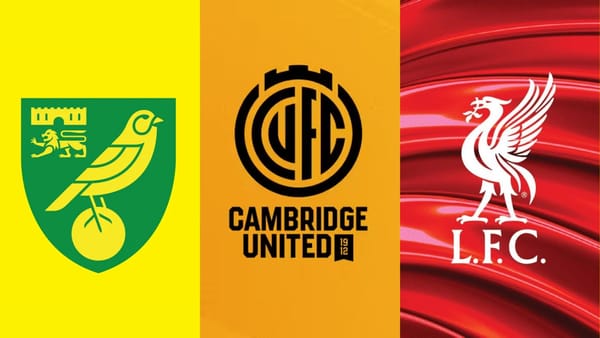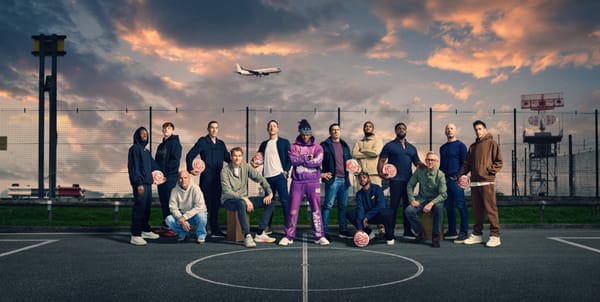The State of Football Social Media 2018: The Results
Introduction
Welcome to this year’s State of Football Social Media report. This year’s report features the input of 50 marketers working across a range of levels at clubs all over the world. The intention is to find out how teams are using social media and what their plans are for the future.
Hopefully, this will help you spot existing trends as well as future opportunities, and allow you to adapt your approach accordingly.
Who took part?
This year marketers responded from all over the world. The UK was the most represented area, followed by the rest of Europe and the USA.
European entries came from countries such as Gibraltar, France, Germany, and Belgium. And there were even responses from the United Arab Emirates and India.
Current and future profile use
Which social channels are your team currently active on?
Regarding social channels that teams are using, it’s a dead heat between Facebook and Twitter (both 98%). It’s surprising that it wasn’t a clean sweep with both of those, and that Instagram (92%) is slightly behind in third place.
12% of respondents are bravely maintaining active Google+ profiles, while there’s one solitary team using WhatsApp (2%). Snapchat (60%) is lagging behind Instagram substantially in this year’s survey.
Did you launch on any of the following platforms in 2017?
More than half of respondents didn’t add any new platforms to their arsenal last year (58%), but other than that Snapchat (14%) saw the most growth. Numbers across the rest of the networks were low, suggesting everyone has more than enough to do already.
Do you plan on launching on any new platforms in 2018?
Once again, ‘no’ was the most popular answer here (62%). WhatsApp is second in terms of priorities (18%), which will be interesting to follow. Clearly many marketers see one-to-one communication as the next area to explore.
Using social media
What is your key measurement for judging the success of your social platforms?
When it comes to social media, football clubs value engagement over all other metrics. 76% of those who took part said that it’s the main way of measuring how they’re performing online.
Reach (12%), follower count (8%), and sales (4%) don’t appear to be valued as highly by clubs these days. Not a single person said that website referrals are the main way for them to judge the success of their social platforms.
Did you create any Stories on Instagram or Snapchat in 2017?
Instagram was the most popular platform when it came to Stories in 2017 (86% vs 64%), despite Snapchat introducing the format a few years ago. On Instagram they’re the only way to publish real-time images that won’t get lost in the algorithm, which possibly explains why they’re used more over there.
Have you broadcast live video on any social channels in 2017?
Last year respondents said they wanted to produce more video content, and specifically more live video. This year 74% of people who responded said they broadcast live at some point in 2017.
Given that Facebook, Instagram, Snapchat, and Twitter all support the feature its growth is pretty understandable; it’s now easier than ever to produce high-quality video and distribute it to followers. Clubs are documenting all aspects of matchdays in a bid to help fans get closer to the action than ever before.
Given the ease with which live video can be produced it’s surprising that 26% of respondents didn’t provide any for their fans last year.
Have you used any messaging apps for communicating with fans in 2017?
Messaging apps such as WhatsApp haven’t really caught on in football just yet. Man City were the most high profile team to give it a go, but they never actually posted any updates to fans in the end. Automation in the form of chatbots seems to be the way marketing is heading instead, which is why such a small number of respondents (14%) are using the apps for one-to-one interaction.
Given that 18% of respondents plan on launching on WhatsApp in 2018 this chart could look a little bit different next year.
Have you invested in any paid social media advertising in 2017?
66% of teams invested in some form of paid-for social media advertising in 2017. As social media algorithms start to become more established this is an area that could see some potential growth next year – particularly on Facebook.
Do you actively respond to fans on social media?
The results to this question suggest that engagement is more widespread than my initial research suggested, although that was limited to one channel, one league, and one week. Only 16% of clubs don’t actively respond to fans on social media, which matches up with engagement being the main key performance indicator.
Of the 37 who said that engagement was their main measurement of social media success, six don’t actively respond to fans.
What does the future hold?
Do you plan on launching any foreign language profiles in 2018?
42% of respondents said they were either planning on launching a foreign language profile in 2018 or that there was a possibility of it happening. Spanish was the language of choice for 40% of those who answered, followed by English (14%). Other languages mentioned include Arabic, Chinese, French, German, Russian, and Mandarin.
Which type of content would you like to produce more of in 2018?
This year’s results strongly echo those from last year: video – live and pre-recorded – is out in front, with GIFs not too far behind. This year, however, Stories appeared as an option, and it’s clear that clubs can see the benefits these have for fans.
Written content stays at the back of the pile for the second year running.
Do you currently have any plans to invest in paid social media advertising in 2018?
68% of respondents either have plans to invest in paid social media advertising during 2018 or are open to the possibility.
Out of the 17 teams that said they didn’t run any paid ads in 2017, none have plans to introduce this over the coming year, although six responded with ‘maybe’.
Of the remaining 33 that did run ads in 2017, only five don’t currently plan on continuing that activity into 2018. Four teams haven’t quite decided, but the remaining 24 (77%) say that they will be carrying on with their approach.
Conclusion
Key takeaways from this year’s survey:
- Engagement is the number one metric. More than three-quarters of respondents value this above all other measurements; teams seem to be realising that social doesn’t sell.
- Snapchat use is declining. Instagram is where it’s at, especially with Stories and discovery tools.
- One-to-one is the next growth area. WhatsApp is the most popular choice for a new network for 2018, suggesting if you’re not already thinking about it you may get left behind.
- Video continues to dominate. Whether it’s live or pre-recorded, video is definitely where it’s at.
Thanks for taking the time to check out this year’s State of Football Social Media report. Feel free to share the data online, and please mention @onlinerule on Twitter if you do. It’d be great to see what people are taking away.
If you’d like to take a look at the data yourself, you can access the spreadsheet here.





